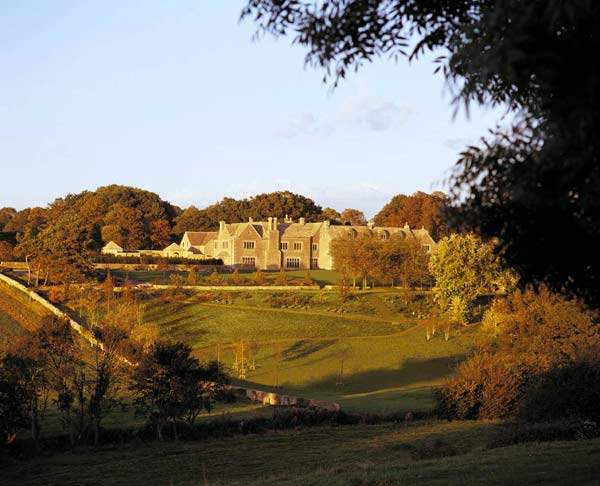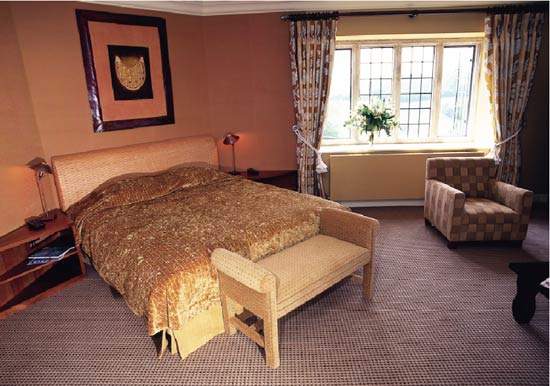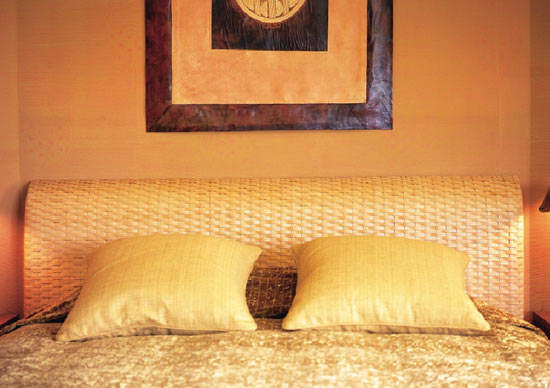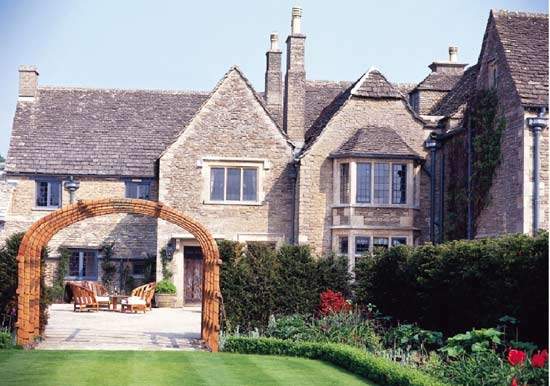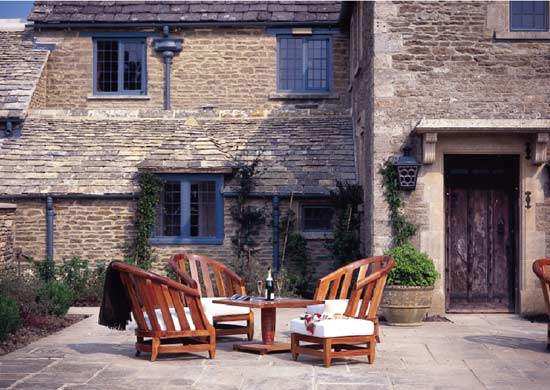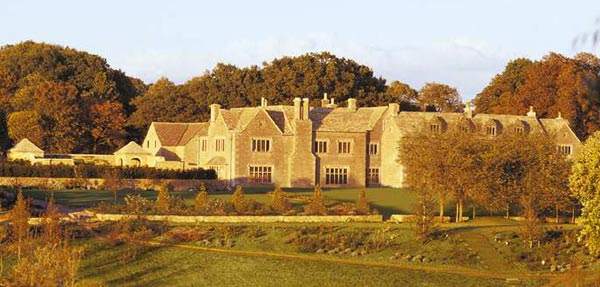Whatley Manor, which is situated in the heart of the Southern Cotswolds in Wiltshire in west England, UK, opened on 1 July 2003. The hotel’s construction saw the transformation of a period English manor house into a luxury hotel, complete with a whole range of modern facilities.
In October 2007, Whatley Manor was voted the 9th ‘Best Holiday and Wellness Hotel in the World’ (number one in the UK) by Swiss business publication Bilanz.
The architectural concept was to create a luxury retreat that combined the contemporary with the classic. The design remit focused on comfort and relaxation. The complex includes 23 exclusive rooms, two restaurants, state-of-the-art spa, natural spring, 62m² cinema, 72m² boardroom, business centre and a 2:1 staff to guest ratio. The boardroom can seat up to 25 people and has three connecting gallery rooms for smaller group meetings.
Whatley Manor is a listed manor house near the town of Easton Grey. Set in 12 acres of landscaped gardens, it is a private hotel owned by Christian Landolt. The construction team was headed by Midas Construction.
Whatley Manor accommodation
Whatley Manor has a total of 23 rooms, eight of which are suites. Individually designed and equipped, they all feature state-of-the-art communication and entertainment systems. These include Bang & Olufsen Beocenter 1 sound and vision systems, networked mobile phone communications and under floor heating.
Room amenities include concierge and laundry service, safes and wireless internet access.
Aquarias European-style spa
The major focus of Whatley Manor is to create a luxurious, relaxing atmosphere. The 12,000ft² European-style underground spa, which contains thermal cabins and a hydrotherapy pool, is one of the hotel’s main features.
La Prairie treatments are exclusively on offer in one of the hotel’s ‘Art of Beauty’ centres. Guests can have a variety of massages including French effleurage, Japanese shiatsu and acupressure. The spa also offers PowerPlate toning therapy, deluxe pedicures, mud chamber treatments and a series of Ressource Minerale treatments including facials, massages and body wraps.
The spa was installed by Leisure Buro, specialists in health and fitness facilities and who were responsible for the design, development and construction of the spa.
Part of the construction work unearthed a natural spring. As a result, a bottling plant was built that allows guests to enjoy the natural spring water.
Dining at Whatley Manor
The hotel has two restaurants: the Dining Room and Le Mazot. The Dining Room won its first Michelin star, under the guidance of head chef Martin Burge, in 2005.
Le Mazot has a Swiss-style interior design and serves lunch and dinner. The hotel also has a non-residents bar.
Other facilities
Guests can make use of Whatley Manor’s 12 acres of private garden. This typically English country garden is set within woodland and wild meadows, and leads to a secluded river.
Nearby attractions include golf courses, Westonbirt Aboretum, the cities of Bath and Cheltenham, and historic sites such as Stonehenge.
Architecture and construction
The lead contractor at Whatley Manor was Midas Construction, who assembled a team comprising architects Powell Dobson Partnership, MITIE Engineering, design consultants Hoare Lea & Partners, and structural engineers RVW Consulting.
Retaining the period features of the house while incorporating modern facilities was a major challenge and necessitated work on a new drainage system and pipe network.
The rooms were fitted out by a range of specialist craftsmen and suppliers from all over the world.

